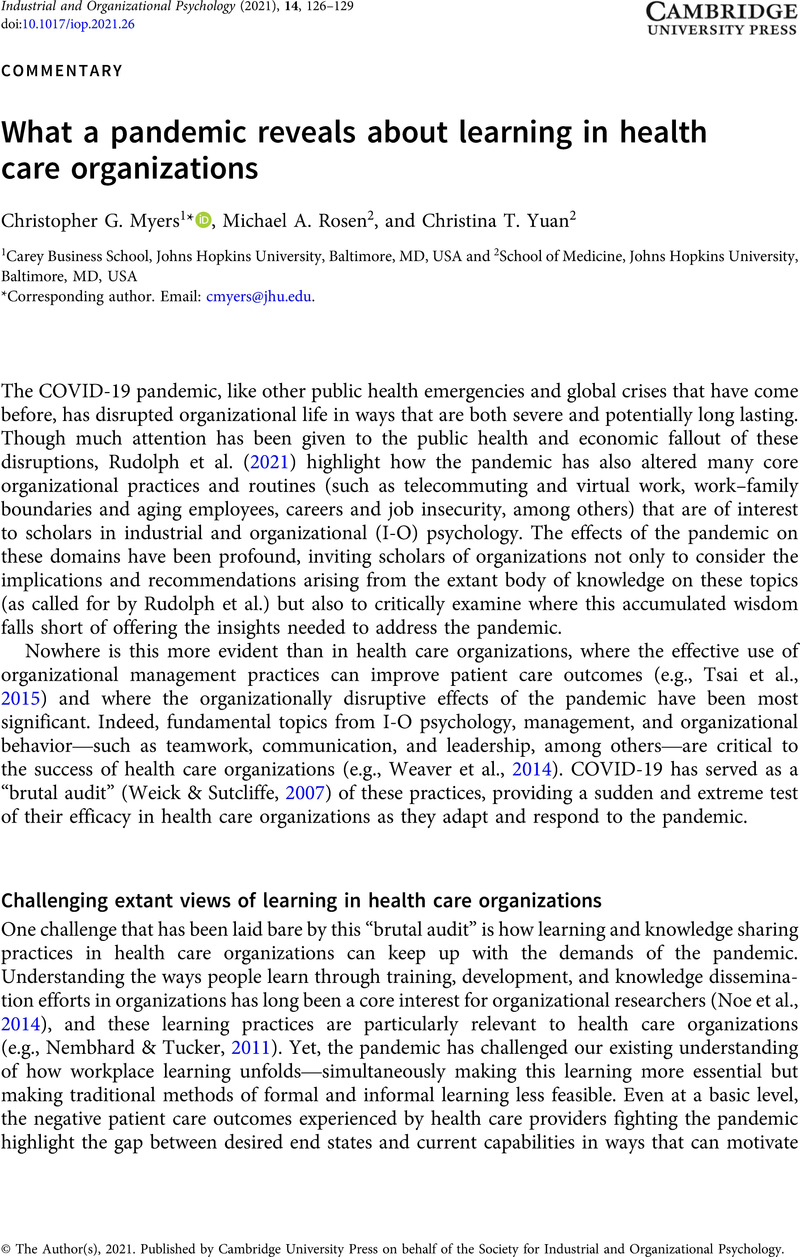Crossref Citations
This article has been cited by the following publications. This list is generated based on data provided by Crossref.
Reid, Abigail
Karsten, Julia
Barker, Kristin
Zervas, Michael
Gissen, Amy
and
Palazzo, Mia
2024.
A Novel Role for Physical Therapists in Infection Prevention and Control in Response to the COVID-19 Pandemic: An Administrative Case Report.
Physical Therapy,
Vol. 104,
Issue. 1,





